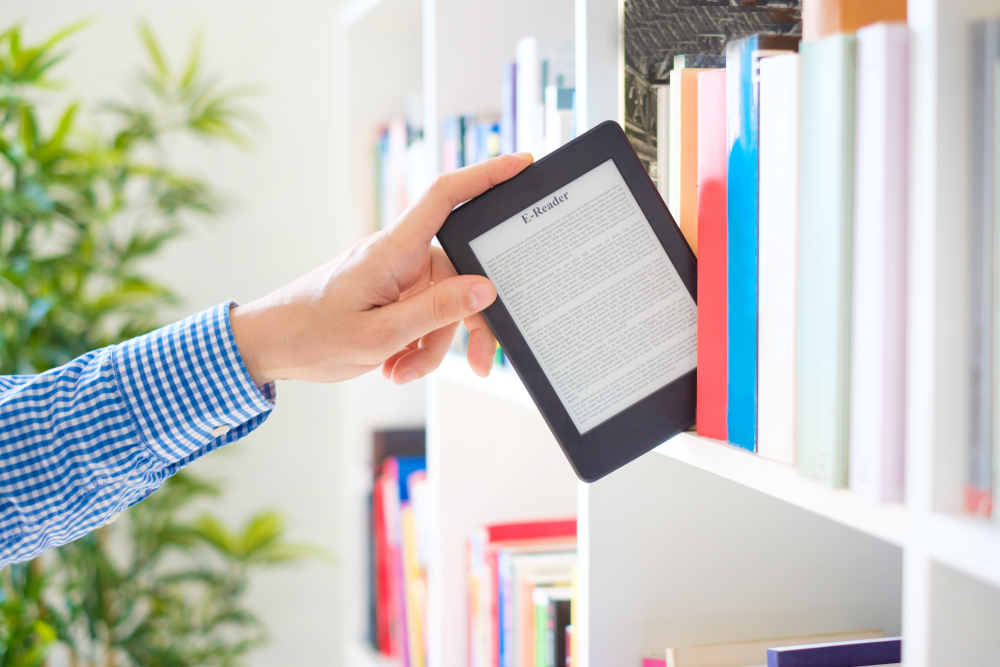An eTextbook, also known as a digital textbook or an online textbook is an electronic version of a published textbook which is projected to dominate the textbook market in the coming years. There are many pros and cons of eTextbooks and publishing companies are currently spending millions of dollars to develop etextbooks that provide students with features that are unavailable with printed textbooks. eTextbooks are relatively new and here are some of their pros and cons.

Pros of eTextbooks
1. Speed of delivery
Traditional textbooks used to take ages to be delivered, but eTextbooks are downloaded immediately after being ordered. This, therefore, means that students don’t have any reason to wait for physical delivery of the textbooks and they can start learning without any delay.
2. Easily portable
Traditional textbooks can be heavy and bulky and if a student takes more than two classes every day, carrying half a dozen textbooks to and from school as well as within the school can be cumbersome. eTextbooks, on the other hand, are easily portable as they can be carried on a laptop or e-reader making it convenient for students to carry virtually hundreds of them.
3. Cost
eTextbooks have been a more expensive option to buying or renting a used textbook. Recently though that has started to change. Publishers have dropped the prices of eTextbooks so much recently that they are now close to the same price as a rental textbook. The caveat to that is eTextbooks are usually also a rental, but in digital form.
4. Interactive
eTextbooks give students the freedom to instantly search for major chapter titles or terms, highlight important information, copy and paste, adjust font sizes, and hear audio translations when walking or driving to college. Many eTextbooks also provide students with practice questions or quizzes based on the chapters they’ve read, and therefore, students can take responsibility for their learning without depending on outside instruction from their teachers.
Cons of eTextbooks
1. Eye strain
One of the major drawbacks associated with using a device with an illuminated screen is the eye strain. Students spend hours reading eTextbooks, especially when preparing for exams and class projects which can strain their eyes or even lead to eye problems in the long run.
2. Device needed
If you prefer eTextbooks, you will require an electronic device to read it on. If you don’t have a device that can download the digital textbook to access the learning material, then it will be impossible to use an eTextbook. Some of the devices are expensive and not all students can afford them, especially when taking into consideration there are other finances students need to take care of. Most importantly, the device has a limited battery life and you cannot read the notes for long without charging it.
3. They tend to expire
The vast majority of eTextbooks expire after a certain date. Usually they expire after 180 days or 360 days from time of purchase. It is possible to get a version that doesn’t expire, but understand the cost will go up significantly.
Final thought about eTextbooks
Today, eTextbooks are one of the hottest growth areas, particularly in higher learning. With the recent drop in price from publishers, they are likely to continue to grow in their share of the textbook market. They might be right for you as long as the eye strain, needed device and expire date doesn’t bother you.

